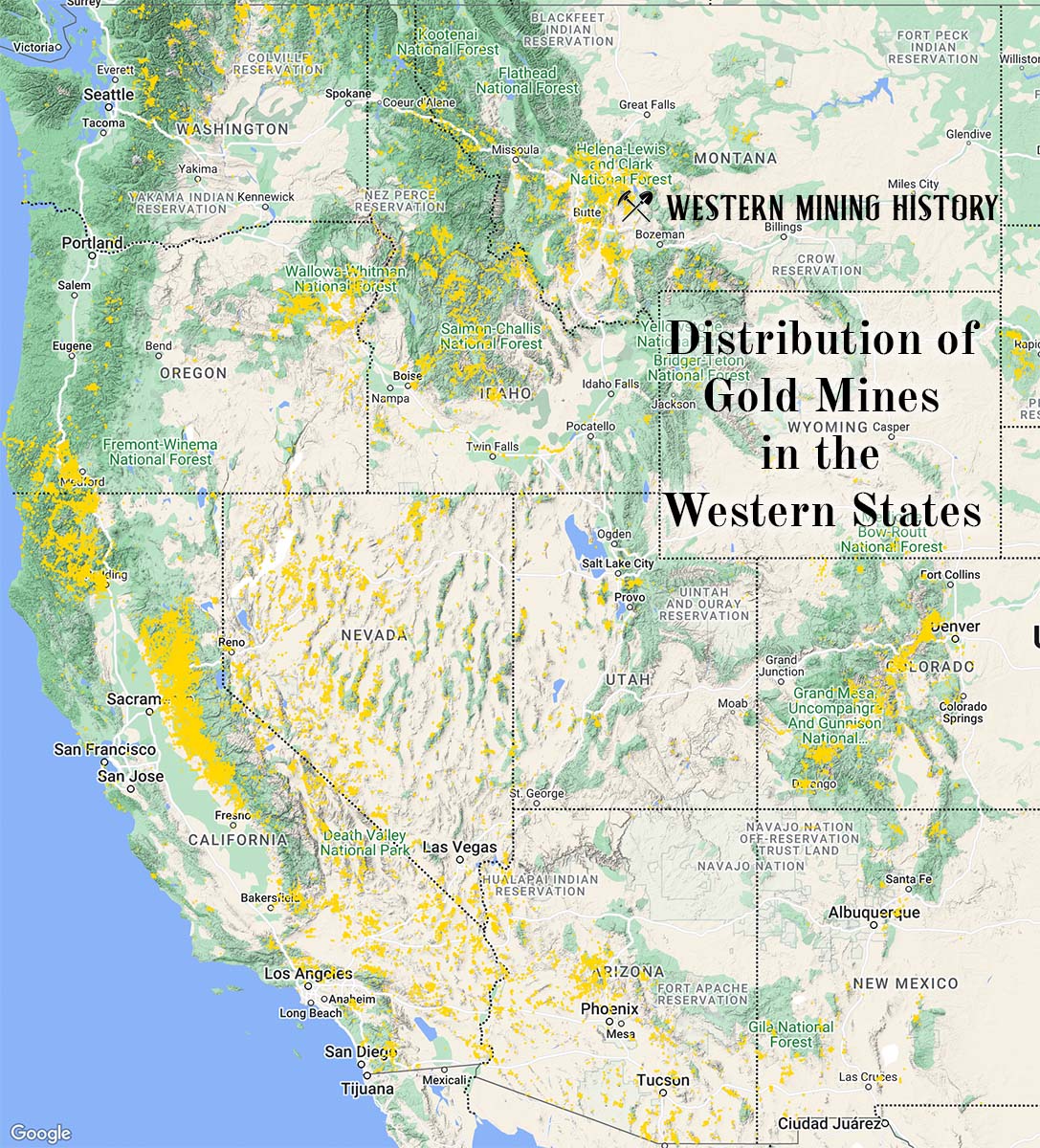The Bishop is a silver and gold mine located in Alaska.
About the MRDS Data:
All mine locations were obtained from the USGS Mineral Resources Data System. The locations and other information in this database have not been verified for accuracy. It should be assumed that all mines are on private property.
Mine Info
Bishop MRDS details
Site Name
Primary: Bishop
Commodity
Primary: Silver
Primary: Gold
Secondary: Lead
Secondary: Copper
Location
State: Alaska
District: Hyder
Land Status
Not available
Holdings
Not available
Workings
Not available
Ownership
Not available
Production
Not available
Deposit
Record Type: Site
Operation Category: Prospect
Operation Type: Unknown
Years of Production:
Organization:
Significant:
Physiography
Not available
Mineral Deposit Model
Model Name: Polymetallic veins
Orebody
Not available
Structure
Not available
Alterations
Not available
Rocks
Name: Diorite
Role: Associated
Age Type: Associated Rock Unit
Age Young: Early Jurassic
Name: Diorite
Role: Associated
Age Type: Associated Rock
Age Young: Early Jurassic
Analytical Data
Not available
Materials
Ore: Chalcopyrite
Ore: Galena
Ore: Pyrite
Ore: Pyrrhotite
Gangue: Quartz
Comments
Comment (Reference): Primary Reference = Buddington, 1929 (B807)
Comment (Geology): Age = Maas and others (1995, p. 254) suggest that sulfide-bearing quartz fissure veins in Texas Creek granodiorite in the Hyder district are Eocene in age.
Comment (Workings): Workings / Exploration = The deposit was explored in the early 1900s by a 10-foot adit.
Comment (Deposit): Model Name = Polymetallic veins (Cox and Singer, 1986; model 22c)
Comment (Geology): Geologic Description = The country rocks in the area of this site include: pelitic metasedimentary and subordinate andesitic metavolcanic strata of the Jurassic or Triassic Hazelton Group; recrystallized granodiorite of the Triassic Texas Creek Granodiorite, which intrudes the Hazelton rocks; quartz monzonite and granodiorite of the Hyder Quartz Monzonite batholith, which intrudes the Hazelton and Texas Creek rocks; and Tertiary lamprophyre dikes, which intrude all of the foregoing rock units (Buddington, 1929; Smith, 1973, l977; Berg and others, 1988).? the deposit consists of a sulfide-bearing quartz fissure vein in (Texas Creek) granodiorite (Buddington, 1929, p. 67). The vein ranges in thickness from about 15 inches to 7 feet and was traced on the surface for 600 feet. It contains pyrrhotite and pyrite, a little chalcopyrite and galena, and traces of gold and silver. The vein was explored in the early 1900s by a 10-foot adit. Maas and others (1995, p. 254) suggest that sulfide-bearing quartz fissure veins in the Texas Creek Granodiorite in the Hyder district are Eocene in age.
References
Reference (Deposit): Buddington, A.F., 1929, Geology of Hyder and vicinity, southeastern Alaska, with a reconnaissance of Chickamin River: U.S. Geological Survey Bulletin 807, 124 p.
Reference (Deposit): Smith, J.G., 1977, Geology of the Ketchikan D-1 and Bradfield Canal A-1 quadrangles, Alaska: U.S. Geological Survey Bulletin 1425, 49 p.
Reference (Deposit): Smith, J.G., 1973, A Tertiary lamprophyre dike province in southeastern Alaska: Canadian Journal of Earth Sciences, v. 10, p. 408-420.
Reference (Deposit): Elliott, R.L., Berg, H.C., and Karl, Susan, 1978, map and table describing metalliferous and selected nonmetalliferous mineral deposits, Ketchikan and Prince Rupert quadrangles, Alaska: U.S. Geological Survey Open-file Report, 78-73-B,17 p., scale 1:250,000.
Reference (Deposit): Maas, K.M., Bittenbender, P E., and Still, J.C., 1995, Mineral investigations in the Ketchikan mining district, southeastern Alaska: U.S. Bureau of Mines Open-File Report 11-95, 606 p.
Reference (Deposit): Cobb, E.H., and Elliott, R.L., 1980, Summaries of data on and lists of references to metallic and selected nonmetallic mineral deposits in the Ketchikan and Prince Rupert quadrangles, Alaska: U.S. Geological Survey Open-File Report 80-1053, 154 p.
Reference (Deposit): Berg, H.C., Elliott, R.L., and Koch, R.D., 1988, Geologic map of the Ketchikan and Prince Rupert quadrangles, southeastern Alaska: U.S. Geological Survey Mineral Investigations Series Map MF-1807,27 p., scale 1:250,000.
The Top Ten Gold Producing States

These ten states contributed the most to the gold production that built the West from 1848 through the 1930s. The Top Ten Gold Producing States.